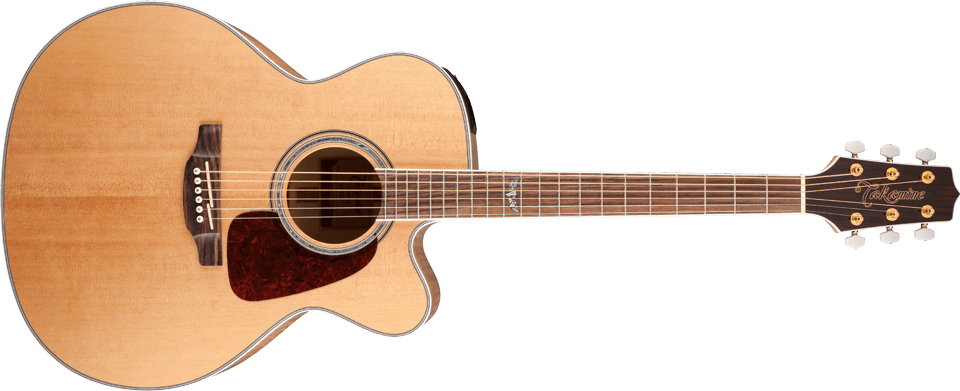

But in a more daring move, Hirade set his sights on the international market, which was dominated by steel-string guitars, and by the early 1970s Takamine was offering flattops in the mold of American classics by Martin and Guild. One of Hirade’s first projects was to design concert-level classical guitars, as opposed to the company’s previous folk-instrument offerings. '70s Takamine, Martin-style "Lawsuit" Guitar It was rare and beneficial to have such a good combination of art and commerce in a leader.” “He helped Takamine build better guitars, and then expanded its business way beyond the small shop that it was during the early 1960s.

“Mass Hirade was an exceptional luthier, who was also a very charismatic and visionary businessman,” says Tom Watters, director of sales and product manager, Takamine Guitars at ESP Guitar Co. Then, in 1968, things really took off when the company recruited Mass Hirade as its head of production and design.

Takamine grew rapidly in the 1960s, as the influence of Western popular music created more demand for guitars in Japan. The Takamine Mountains loomed in the background of the shop, and so in 1962, Ohzone renamed the business Takamine Gakki Gakki translates to “musical instruments.” He had previously worked in a Nagoya-region instrument factory, but when it was decimated by a typhoon, he ran to the hills to do his own thing. The shop, Ohzone Musical Instruments, was founded in the town of Sakashita and overseen by a man named Ohzone. Meanwhile, 6,700 miles away, in the foothills of the Japanese Alps, a quintet of luthiers in a small shop were building nylon-string acoustic guitars for the burgeoning folk scene in that country.
#Takamine guitar identification full
In the 1950s and ’60s, the folk revival was in full swing in New York’s Greenwich Village, where singer-songwriters like Pete Seeger, Woody Guthrie, Bob Dylan and Judy Collins showcased their work to rapt audiences. Though the name Takamine is now synonymous with guitar technology, the company is rooted in traditional luthierie. Musicians no less than Bruce Springsteen took Takamine acoustic-electric guitars to the stage. Acoustic guitarists finally had access to the natural amplified sounds they’d long been wanting. But when Takamine introduced its revolutionary under-saddle Palathetic pickup in the late 1970s, it was a game changer. Now that you can plug your acoustic guitar into a smartphone and record directly into an eight-track app that you bought for $5, it’s easy to take technology for granted.


 0 kommentar(er)
0 kommentar(er)
